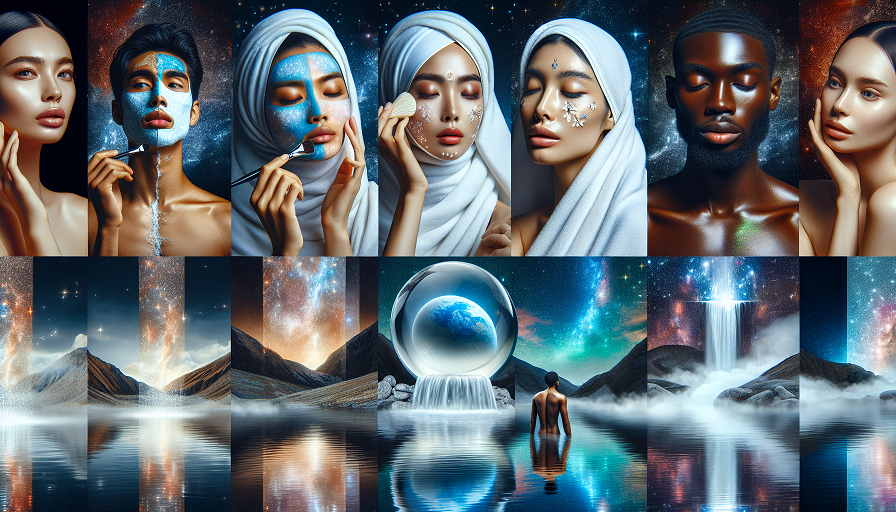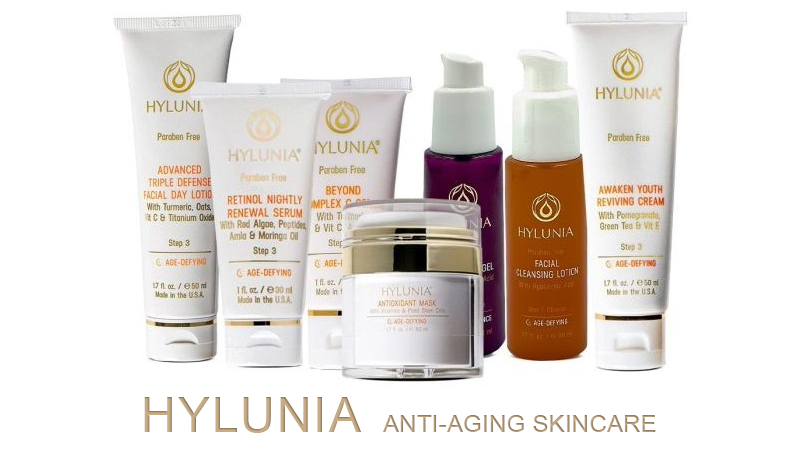
Beauty is universal, but the standards that define it are anything but. Across the globe, different cultures celebrate distinct qualities that influence how people approach skincare. From prioritizing smooth, fair skin in Asia to embracing natural textures and radiance in Africa, beauty ideals shape the products people use, the routines they follow, and even their perspectives on aging.
Contents
The Influence of Korean Beauty Standards on Skincare
Korea’s beauty industry has achieved global fame, thanks largely to its unique beauty standards and rigorous skincare regimens. In Korean culture, flawless, hydrated, and “glass-like” skin is highly valued. This has led to the popularization of multi-step routines and an emphasis on prevention and maintenance rather than waiting for issues to arise.
The 10-Step Skincare Routine
While the famous 10-step routine might seem overwhelming, it’s based on layering lightweight, hydrating products. Each step has a specific purpose, from cleansing and exfoliating to toning and moisturizing. Koreans believe that consistent, detailed care is the key to achieving and maintaining youthful skin.
Key Ingredients and Practices
- Snail Mucin: Known for its hydrating and regenerative properties, snail mucin is a popular ingredient in Korean skincare.
- Rice Water: Used for brightening and smoothing skin, rice water is celebrated for enhancing radiance.
- Sheet Masks: These single-use masks deliver a surge of hydration, making them a cornerstone of Korean skincare.
Western Beauty Ideals and the “Youthful Glow”
In many Western countries, particularly the United States, skincare has historically focused on anti-aging. The goal is often to achieve a youthful, “glowing” complexion, free of wrinkles, fine lines, and age spots. As a result, Western beauty standards have led to the rise of active ingredients and treatments specifically targeting visible signs of aging.
Active Ingredients that Define Western Skincare
Western skincare is characterized by its scientific approach, with a strong focus on clinically-proven ingredients like retinoids, hyaluronic acid, and vitamin C. These ingredients are widely used to address aging, hydration, and pigmentation issues. A typical Western skincare routine might include fewer steps than a Korean one but often involves higher concentrations of active ingredients.
Trendy Treatments
- Retinol: Derived from vitamin A, retinol is used for its anti-aging benefits, stimulating collagen production to reduce wrinkles.
- AHAs and BHAs: Acids like glycolic and salicylic acid are favored for exfoliating and maintaining a clear, radiant complexion.
- Microneedling and Chemical Peels: Professional treatments like these are popular for their transformative effects on skin texture and tone.
Japanese Skincare: Minimalism and Purity
Japanese beauty standards emphasize simplicity, purity, and elegance. The idea of “mochi skin”—smooth, soft, and plump like rice cake—is highly prized in Japan. Japanese skincare routines tend to be minimalist, relying on gentle yet effective products to promote balanced, healthy skin.
Double Cleansing and Hydration
The double cleanse originated in Japan, where removing makeup and sunscreen thoroughly is essential. This practice involves using an oil-based cleanser to remove impurities followed by a gentle foaming cleanser. Japanese skincare also places a significant emphasis on hydration, often through lightweight lotions and essences that are pat into the skin.
Natural Ingredients
- Green Tea: Known for its antioxidant and soothing properties, green tea is a common ingredient in Japanese skincare.
- Rice Bran Oil: This gentle oil is celebrated for brightening and nourishing the skin, adding to the mochi-like softness.
- Sake: A byproduct of rice fermentation, sake is used in toners and masks for its brightening effects.
African Beauty Standards: Embracing Natural Radiance and Skin Health
In many African cultures, beauty is about radiance, resilience, and health. The focus is on nourishing the skin, preserving its natural glow, and protecting it from environmental stressors. African skincare traditions often incorporate locally sourced, nutrient-rich ingredients that provide deep hydration and healing.
Rich Butters and Oils
African skincare relies heavily on natural butters and oils that provide lasting hydration and improve elasticity. Shea butter, for example, is widely used for its deeply moisturizing properties and ability to protect skin from harsh climates. Marula oil, derived from the marula tree, is also a staple for its antioxidant and anti-inflammatory properties.
Traditional Ingredients
- Shea Butter: Known for its intense hydration and soothing qualities, shea butter is a core ingredient in African skincare.
- Baobab Oil: Packed with antioxidants, baobab oil helps combat free radicals and supports skin elasticity.
- African Black Soap: This natural cleanser is rich in minerals and known for its ability to clear blemishes without stripping the skin.
Indian Skincare: Ayurveda and Holistic Beauty
India’s skincare culture is deeply rooted in Ayurveda, an ancient system of medicine that emphasizes balance and natural ingredients. Beauty standards in India often prioritize clear, radiant skin with an emphasis on natural ingredients that promote holistic wellness.
Ayurvedic Skincare Principles
Ayurvedic skincare is about balancing the body’s doshas (Vata, Pitta, and Kapha) to maintain health and beauty. Many Ayurvedic ingredients, such as turmeric and neem, are chosen based on an individual’s unique skin type and concerns. These ingredients are celebrated for their healing and anti-inflammatory properties.
Traditional Ingredients in Indian Skincare
- Turmeric: Known for its anti-inflammatory and brightening properties, turmeric is a staple in Indian skincare.
- Neem: This antibacterial ingredient helps clear skin and combat acne, while promoting overall skin health.
- Rosewater: Used as a toner, rosewater provides a natural way to soothe and balance the skin.
Embracing Global Beauty Wisdom
Beauty standards may vary widely from one culture to another, but there’s something to learn from each of them. Incorporating different cultural practices into your routine can provide fresh insights and effective ingredients that cater to various skin needs. Whether it’s a hint of turmeric from Ayurveda, a touch of lactic acid from Japanese traditions, or nourishing shea butter from Africa, each culture offers valuable tools to elevate our skincare rituals.
Creating a Culturally-Inspired Skincare Routine
Combining techniques and ingredients from various cultures allows you to create a routine that celebrates global beauty wisdom. By exploring and adopting practices from different regions, you’ll not only enhance your skincare routine but also connect with a world of diverse beauty traditions that prioritize health, wellness, and natural radiance.

